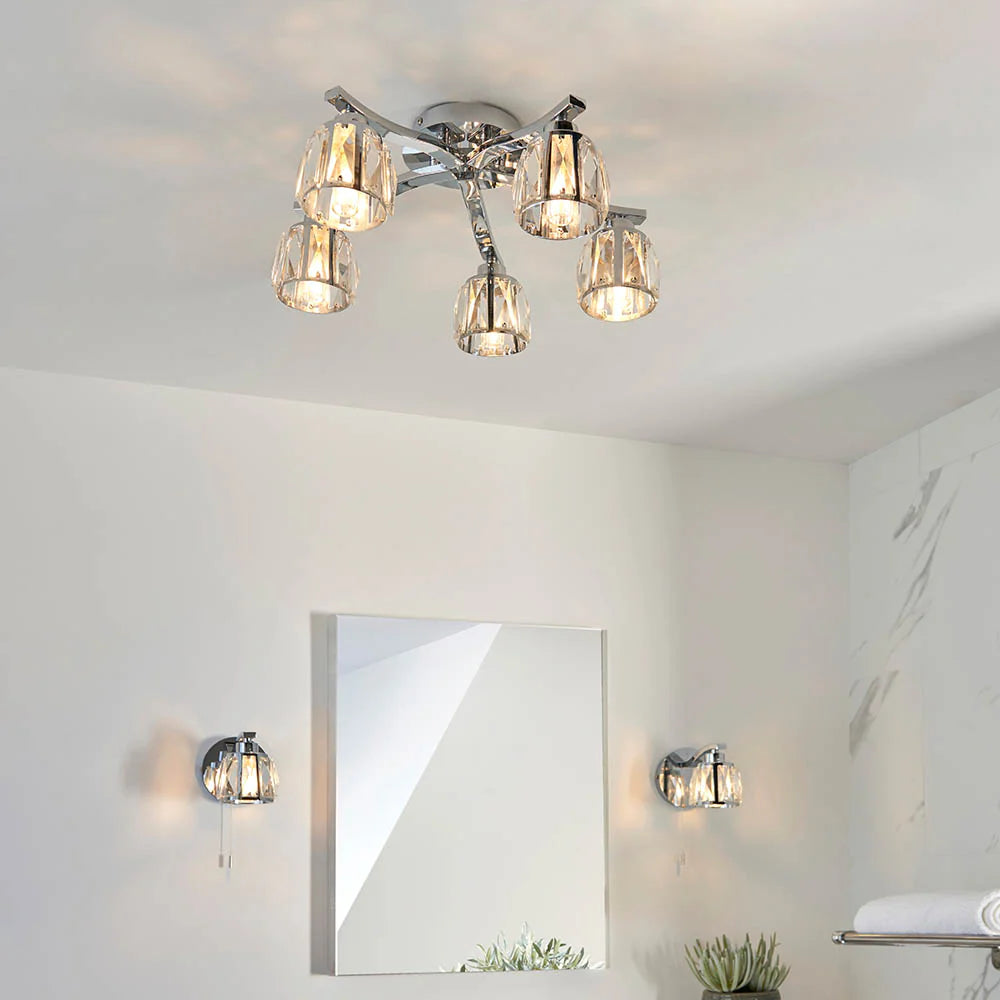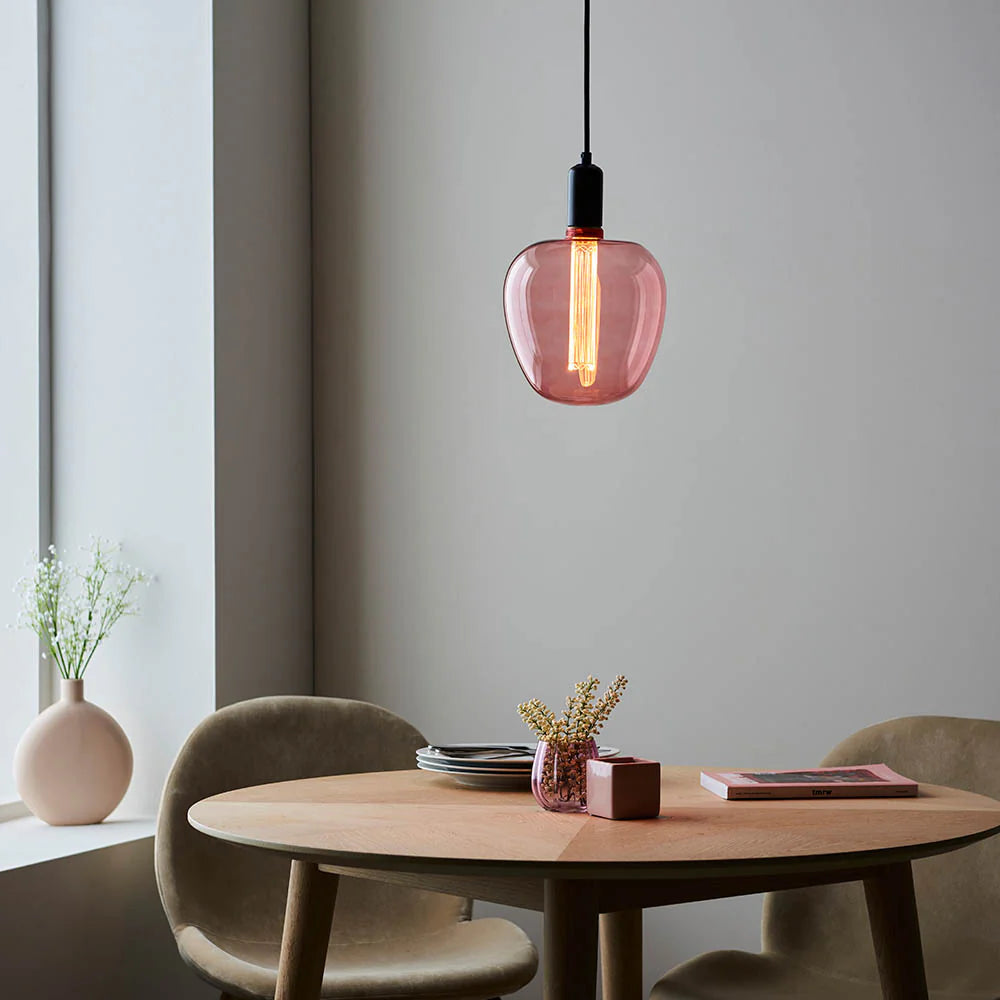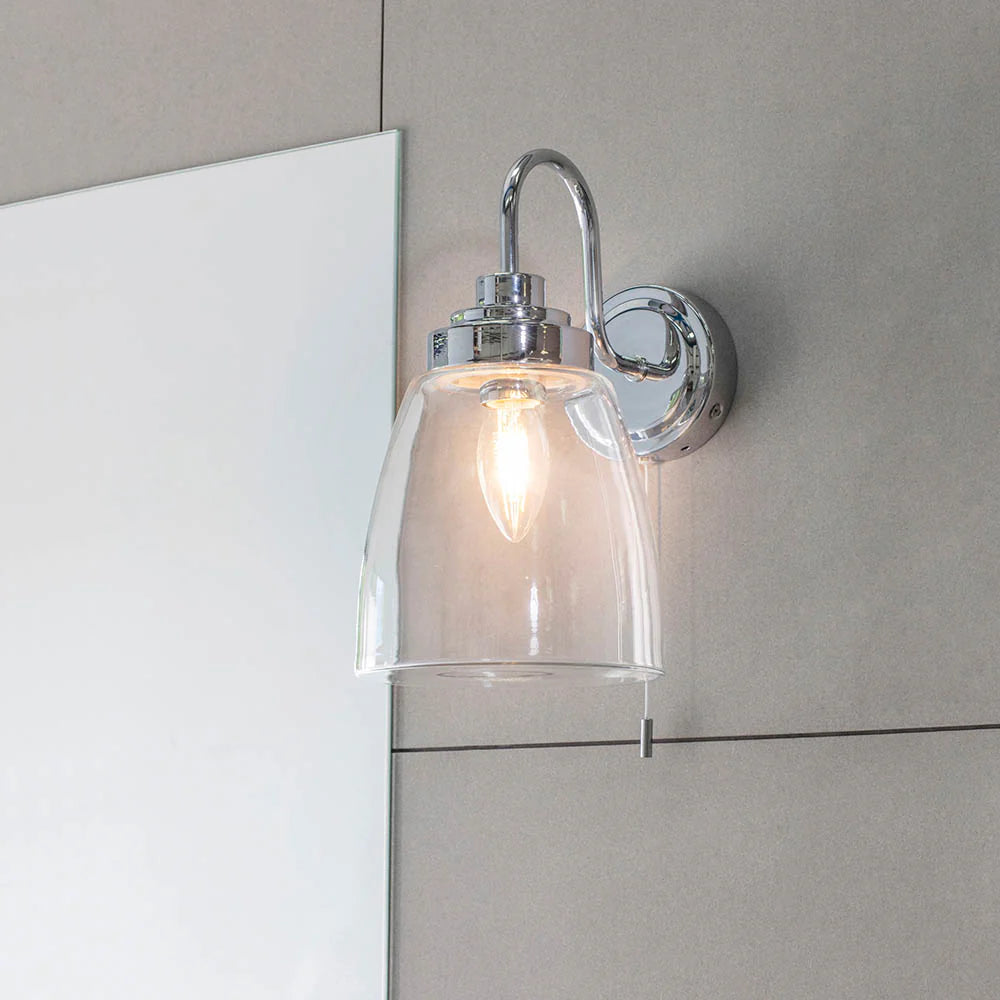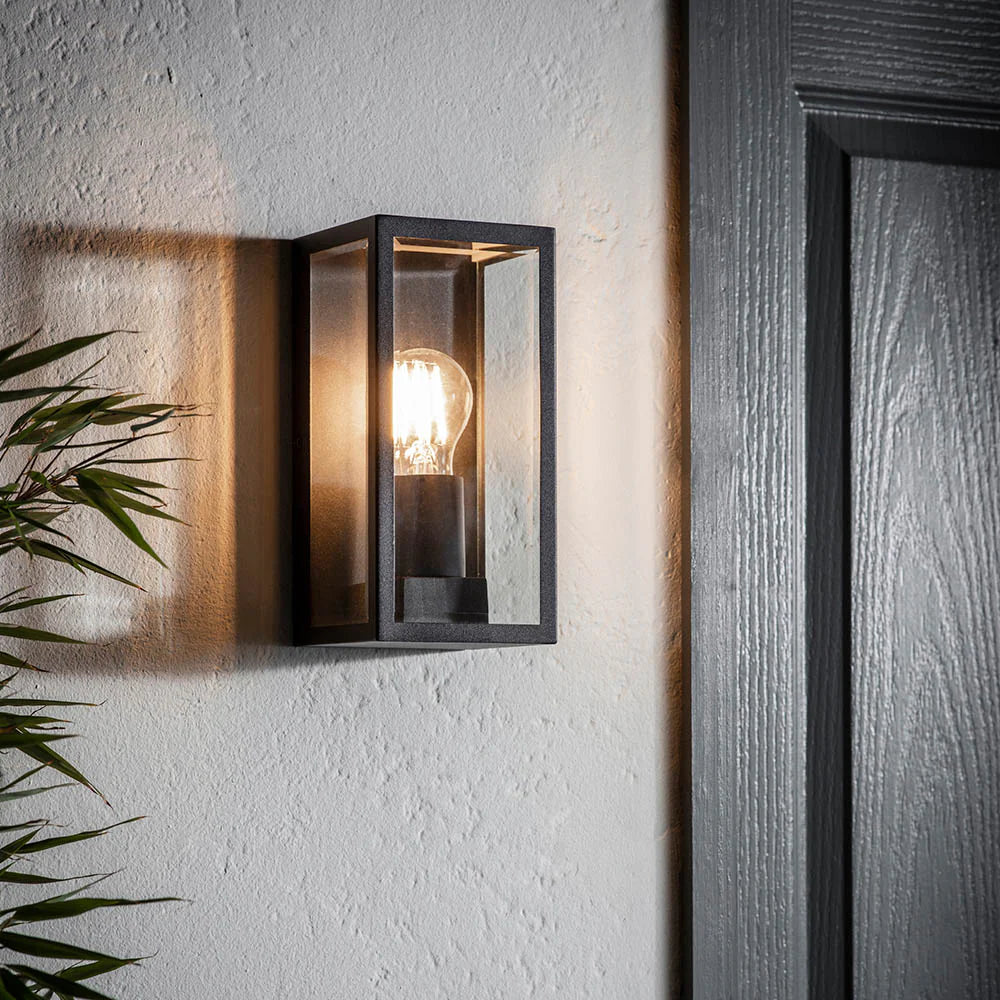Lighting plays a pivotal role in shaping the ambiance of indoor spaces, transcending mere functionality to create environments that are inviting, comfortable, and aesthetically pleasing. Here’s how to effectively enhance your indoor ambiance with strategic lighting tips.
1. Layered Lighting: The Foundation of Ambiance
Layered lighting involves combining various types of lighting—ambient, task, and accent—to achieve a balanced and versatile illumination.
-
Ambient Lighting: This is the primary source of light in a room, providing overall illumination. Ceiling fixtures, such as chandeliers or recessed lights, are common sources of ambient lighting. It sets the tone of the space and should be soft and even.
-
Task Lighting: As the name suggests, task lighting focuses on specific areas where activities like reading, cooking, or working are performed. Desk lamps, under-cabinet lights in kitchens, and bedside lamps are excellent examples. Task lighting should be bright enough to prevent eye strain but not overly harsh.
-
Accent Lighting: This type of lighting is used to highlight particular features within a room, such as artwork, architectural details, or decorative objects. Accent lighting adds depth and dimension, often achieved through track lighting, wall sconces, or spotlights.
2. Choosing the Right Bulbs
The type of bulb you use significantly impacts the ambiance. The key factors to consider are:
-
Color Temperature: Measured in Kelvin (K), color temperature affects the warmth or coolness of light. Warm white light (2700K to 3000K) creates a cozy and inviting atmosphere, ideal for living rooms and bedrooms. Cool white light (3500K to 4100K) is more energizing and suits kitchens and bathrooms. Daylight bulbs (5000K to 6500K) mimic natural light and are excellent for workspaces.
-
Lumens: This measures the brightness of the bulb. The appropriate lumen count depends on the room size and purpose. For instance, living rooms typically require around 1,500 to 3,000 lumens, while kitchens may need 5,000 to 10,000 lumens due to their functional nature.
3. Smart Lighting for Modern Living
Smart lighting systems offer unparalleled flexibility and control over your home’s lighting. With smart bulbs and integrated systems like Philips Hue or LIFX, you can adjust brightness, color, and even set schedules or automation through your smartphone or voice commands. This technology allows you to easily change the ambiance to suit different activities or moods.
4. Utilizing Natural Light
Natural light is the best and most flattering source of light. Maximize its use by keeping windows clean and unobstructed. Use sheer curtains to diffuse light gently, and strategically place mirrors to reflect natural light deeper into the room. Skylights and larger windows can also enhance the natural light influx, making spaces feel more open and airy.
5. Dimmer Switches for Versatility
Installing dimmer switches is a simple yet effective way to control the light intensity and create various moods. They are particularly useful in dining rooms, living rooms, and bedrooms where the ambiance needs to be adjustable. Dimmers also contribute to energy savings and extend the lifespan of your bulbs.
6. Creative Use of Lighting Fixtures
The design and placement of lighting fixtures play a crucial role in the overall aesthetic. Chandeliers add elegance and serve as focal points in living rooms or dining areas. Pendant lights can create visual interest over kitchen islands or dining tables. Floor lamps and table lamps provide versatility and additional layers of light, enhancing the room’s depth and warmth.
7. Highlighting Architectural Features
Use lighting to accentuate architectural features such as exposed beams, alcoves, or textured walls. Wall-mounted fixtures and uplights can draw attention to these elements, adding character and sophistication to your space.
By thoughtfully combining different lighting types, choosing the right bulbs, embracing smart technology, and creatively using fixtures, you can transform your home into a well-lit sanctuary. Effective lighting not only enhances functionality but also elevates the overall ambiance, making your indoor spaces more enjoyable and inviting. Light up your life and see your home in a new, radiant perspective.





